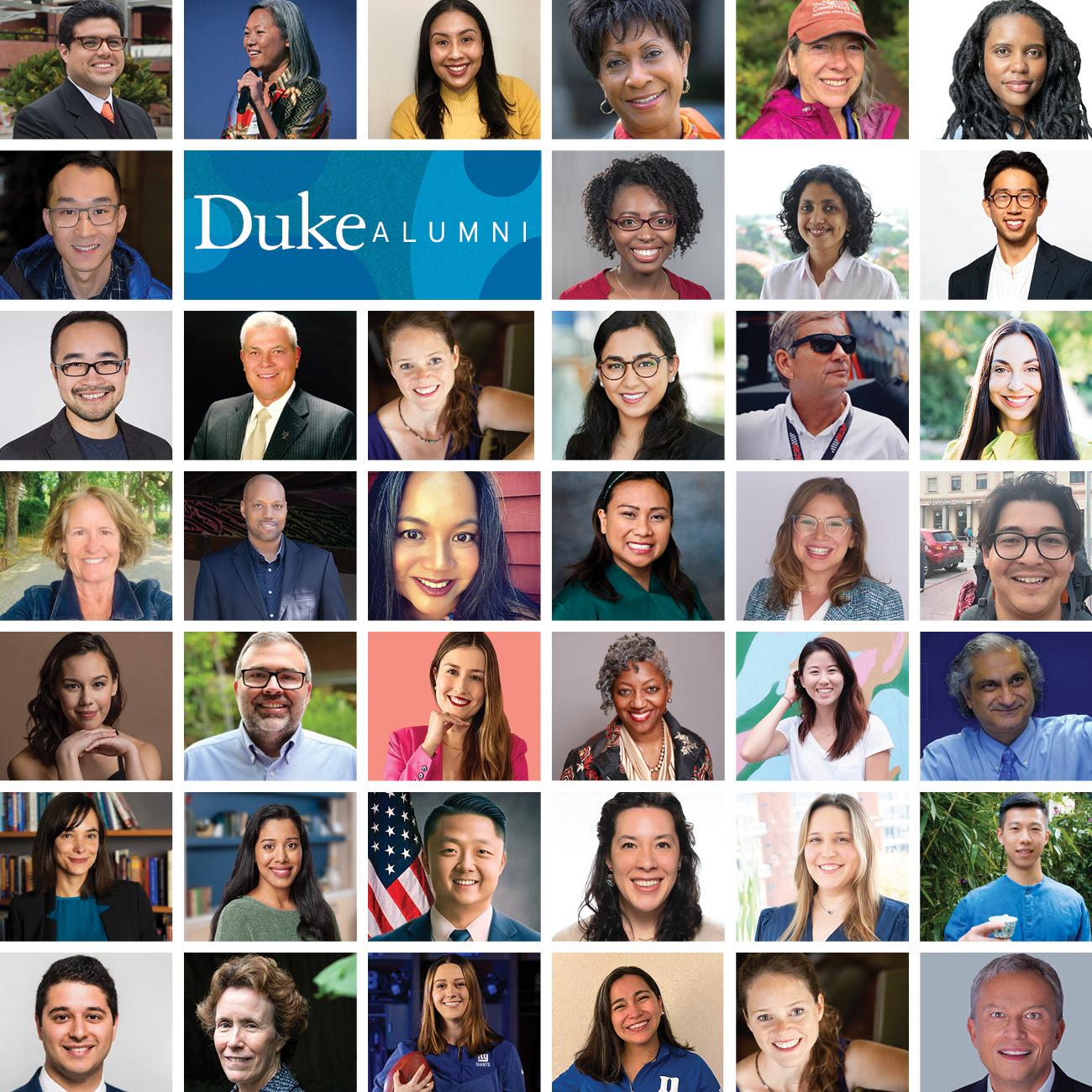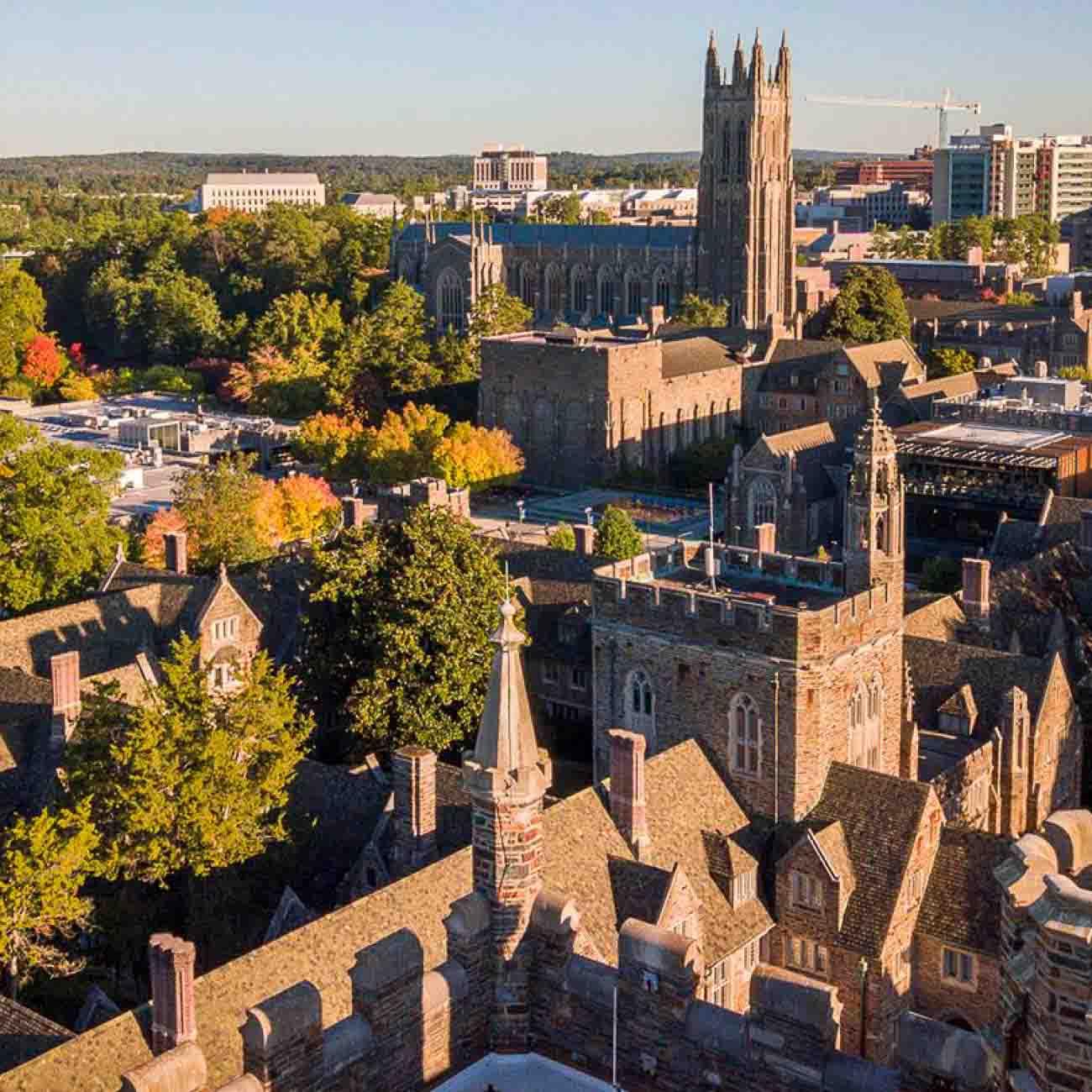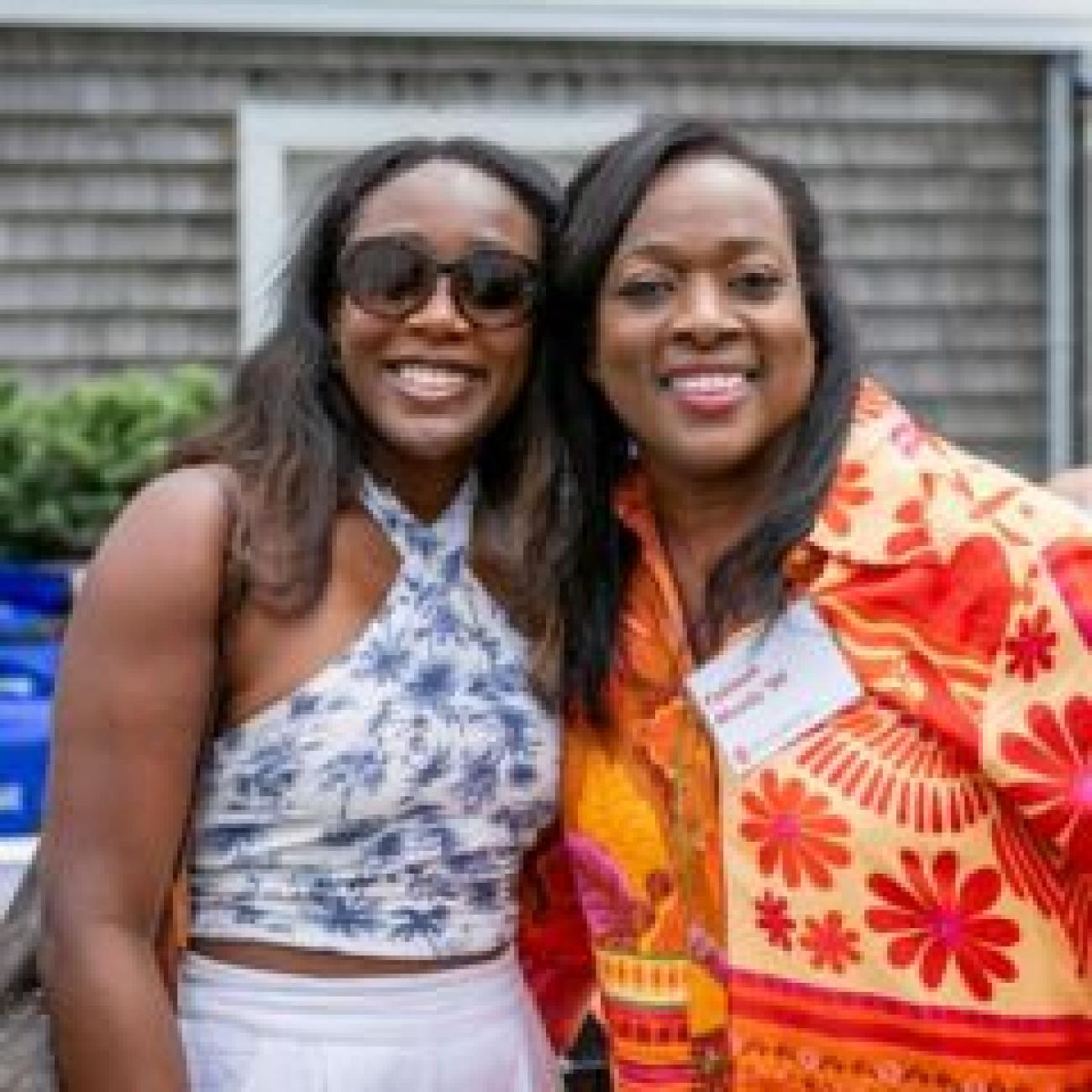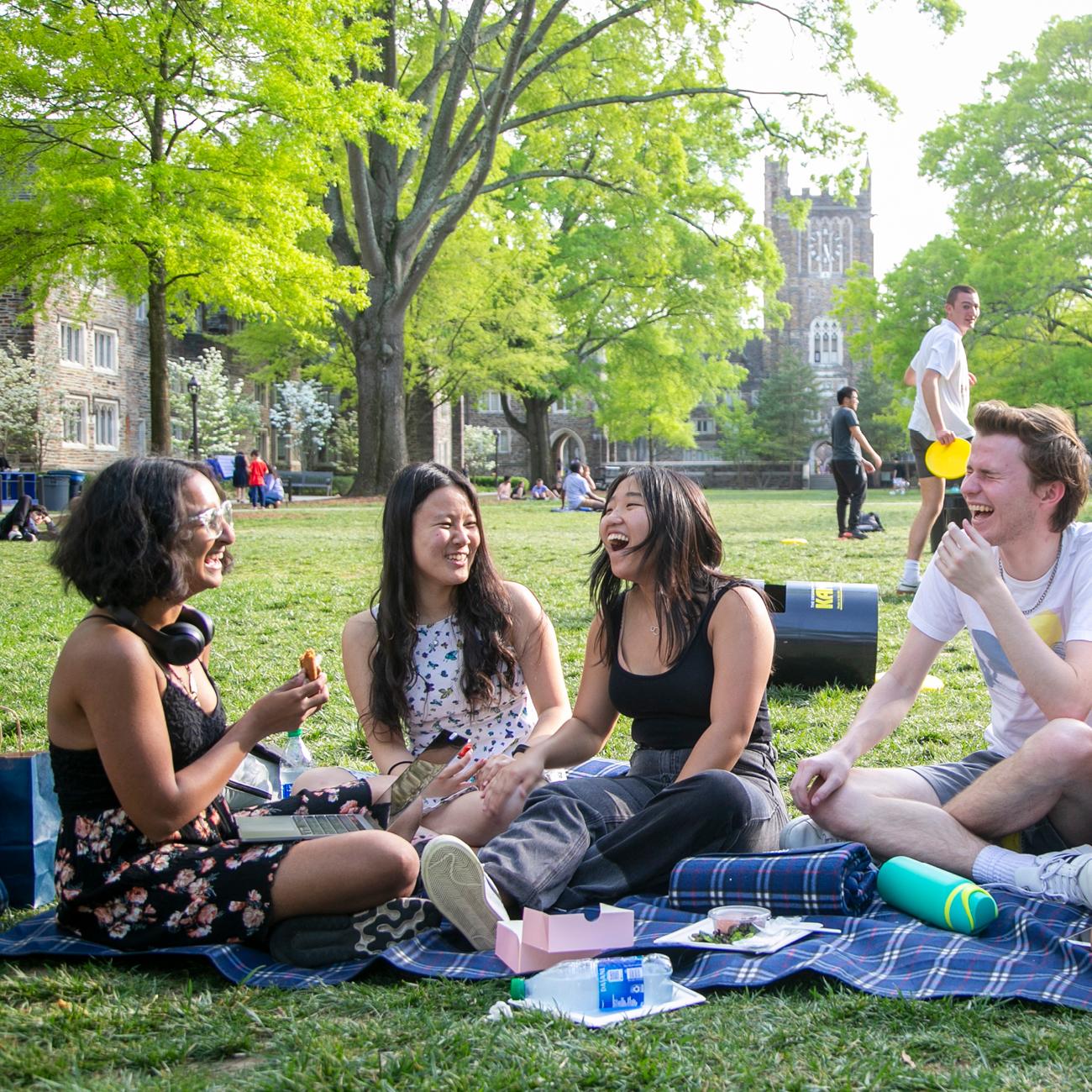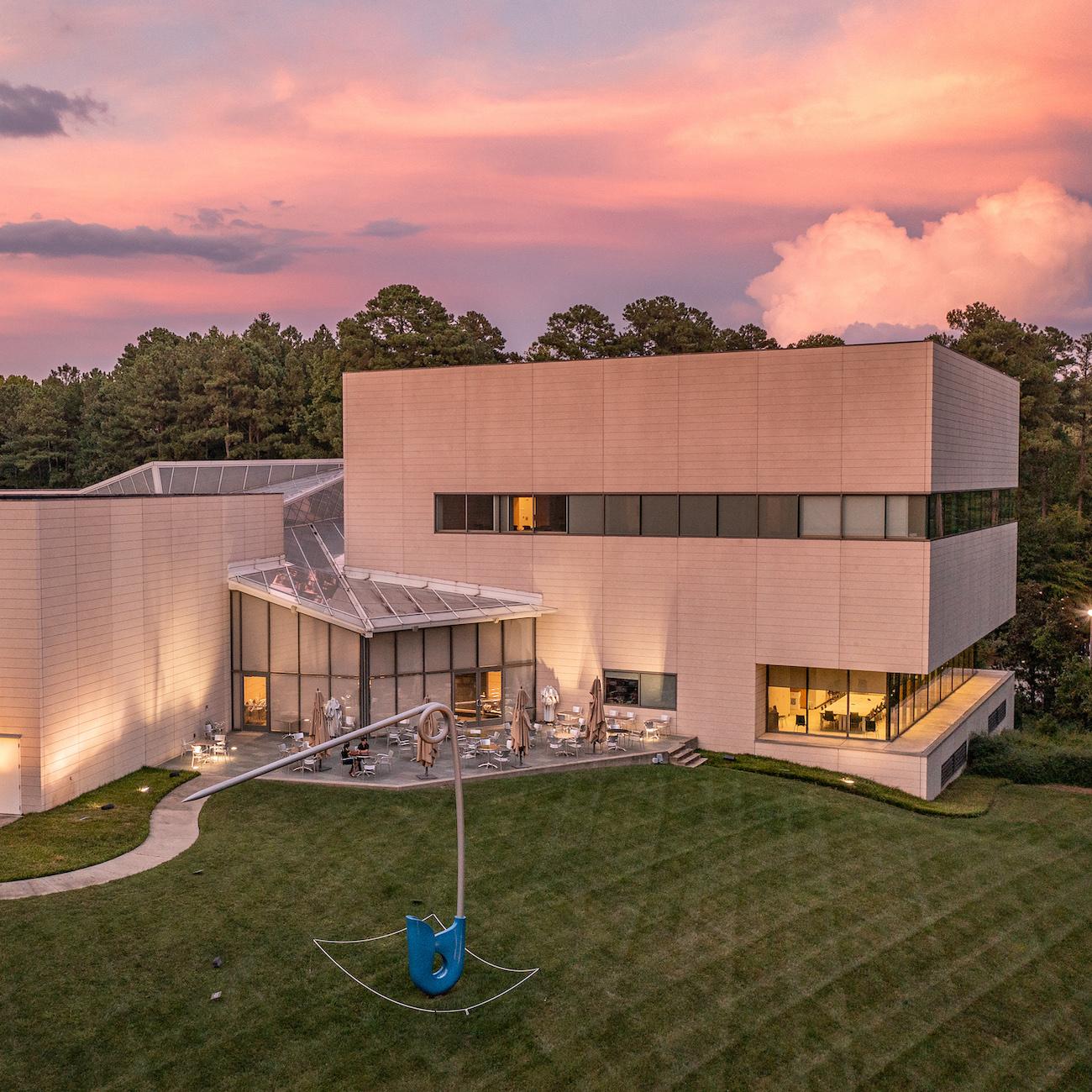Set the stage
It’s hard to pinpoint the kind of experience that leads a young engineer to find their life’s calling. Usually it’s not on the dance floor. Yet for some, dance and other liberal arts opportunities are the X factor driving STEM students to Duke over other prestigious schools.
So how does Duke do it differently, or better? To start, many of its newest spaces set the stage for Dukies to prosper in interdisciplinary ways that are attractive to those with multiple talents.
In the traditional model, aspiring engineers lean heavily on the principles of mathematics and science, focusing on important building blocks in STEM, before they have ramped up their knowledge to begin tackling real-world problem-solving. Of course, this is after some would-be engineers are dimmed by their experiences. For those dispirited by the process, it could mean charting a path outside of engineering – by switching majors entirely – before they ever see the application of their field.
But at Duke, the Engineering Annual Fund has helped the Pratt School of Engineering flip pedagogy on its head. We’ve put the end-goal first: Pratt students must now tackle technical, real-world problems from the beginning – so they see the marvel of engineering in practice. It starts with a first-year course aimed at cultivating confident creators. This important experiential workshop happens in the new Duke Engineering Design Pod, which provides a 5,000-square-foot space for active learning, as well as the Foundry, a 7,600-square-foot makerspace in the newly renovated basement of Gross Hall. Each small team of students focuses on a single, semester-long problem, often tied to a local client in Durham, North Carolina, which they help solve. The takeaway is that students learn how engineering addresses societal needs in creative and innovative ways, and young engineers walk away inspired.
For sophomore Kyra McDonald, an inaugural student of the new design course, the class meant everything. Duke University has been a part of her life for as long as she can remember. Long before she became a part of the Class of 2021, her father, John M. McDonald III B.S.E.’83, P’17, who is a member of the Pratt Board of Visitors, made sure Duke was a family thing.
John graduated from Duke’s Pratt School of Engineering in 1983 – and his bond with the school since has been magnetic. Kyra remembers wearing Duke onesies when she was little and traveling from her hometown of Tampa, Florida, to join her father at his class reunions. So it was always a dream for Kyra and her brother John M. McDonald IV B.S.E.’17 to also attend. What’s unique is the fact that all three McDonalds studied engineering at Duke: They are a family of problem-solvers and creative doers.

When Kyra first arrived at Duke, she wasn’t sure if she should become an engineer like her father and brother. But after the first-year design class impressed on her what engineers actually do, Kyra was all in.
“I was able to put my lemur feeding system in a tree at the Duke Lemur Center,” says Kyra. “Lemurs were then able to feed in a more natural setting, and I saw the difference that I made on little lemurs’ lives – as opposed to designing something and leaving it in the classroom.”
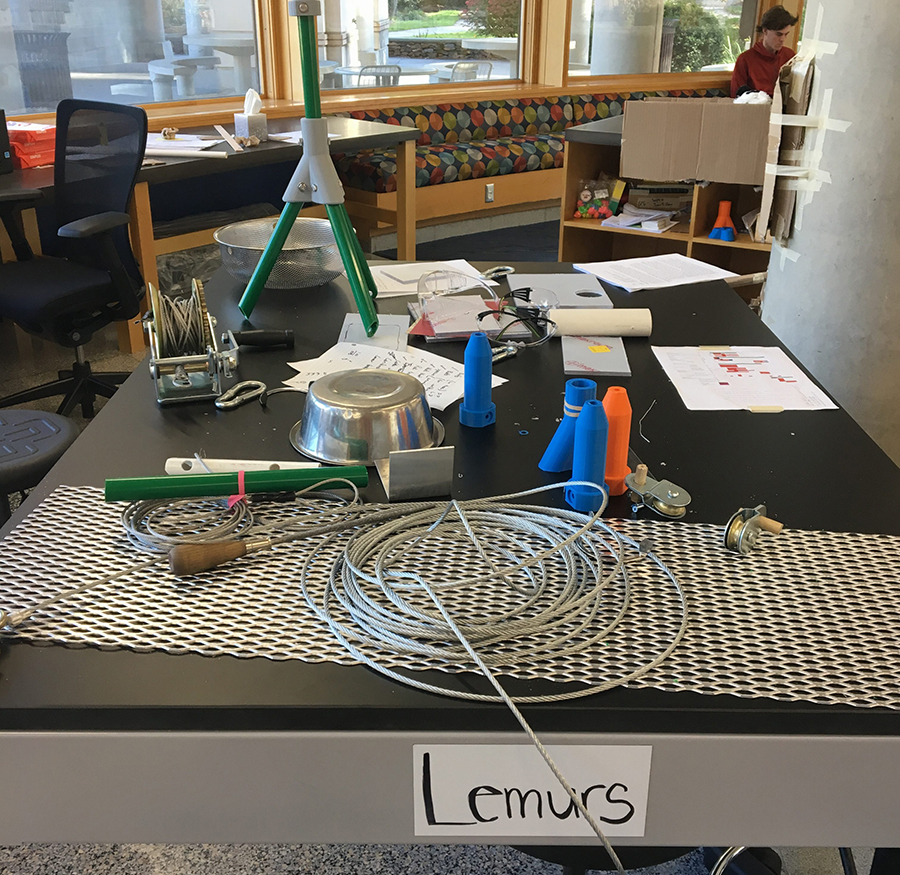
The other piece that drew Kyra to Duke was her lifelong love for dance. She is trained in classical ballet and has continued her passion by working on a minor in dance – in addition to being a double major in electrical and computer engineering and computer science. To Kyra, juggling these three disciplines is not without challenges, but comes down to balance.
When she’s not absorbed in her engineering studies, Kyra spends afternoons dancing on sprung floors in the light-filled dance studios in the Rubenstein Arts Center. The center, affectionately dubbed the Ruby, has been the source of many new arts movements on campus and was established by a founding gift from arts philanthropist David Rubenstein ’70.
“I have danced all over the country every summer, and the dance studios in the Rubenstein Arts Center are by far the nicest studios I’ve danced in,” says Kyra.
Kyra is also part of Devils en Pointe, the university’s premiere classical and contemporary dance company. She sees the collision of the two sides of her Duke education as the basis for a really great career ahead. For Kyra, the Annual Fund – which allows a large number of donors to aggregate gifts toward a big impact – has made her experiences and the campus spaces in which they take shape very special.
“I feel like the Annual Fund is always one step ahead of me,” says Kyra. “They are always paving a path for me at Duke. They are giving me more opportunities – and motivating and supporting me. I’m able to take advantage of that, which is really exciting.”








